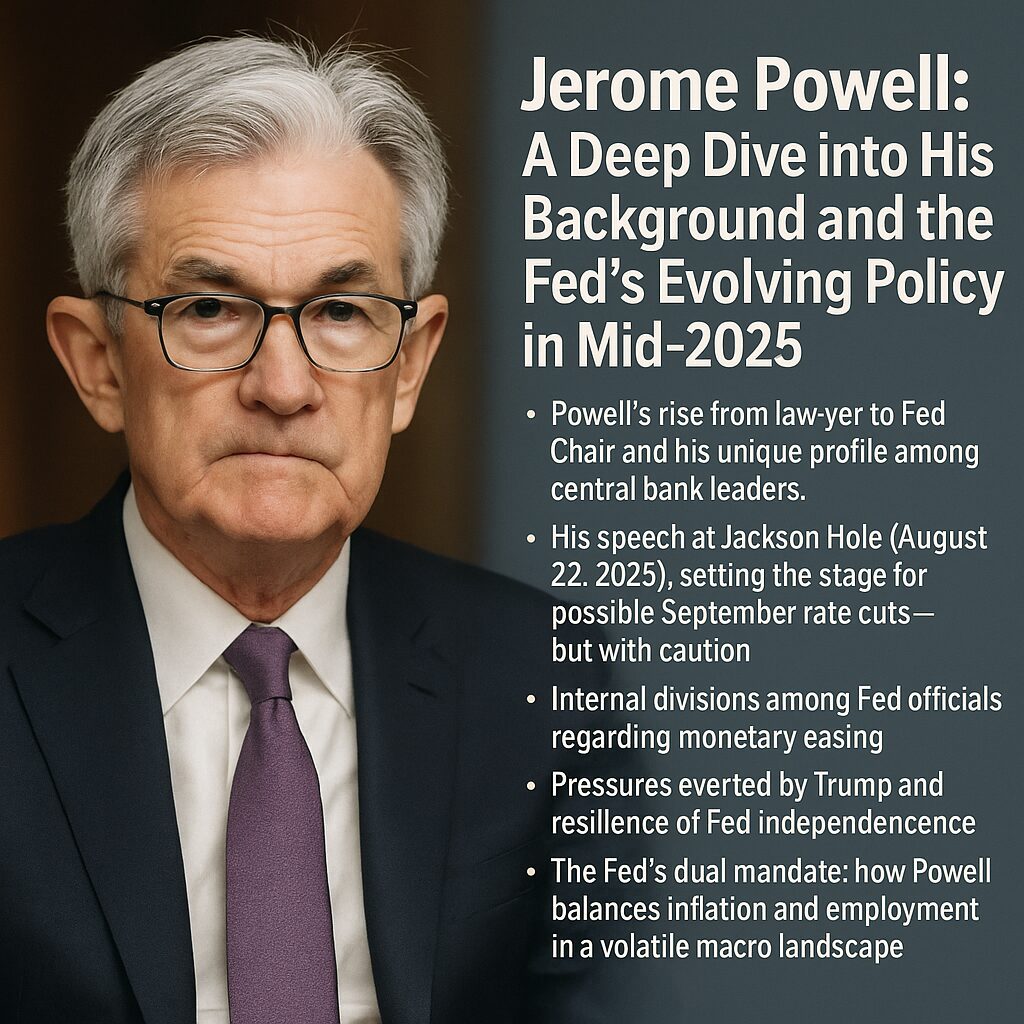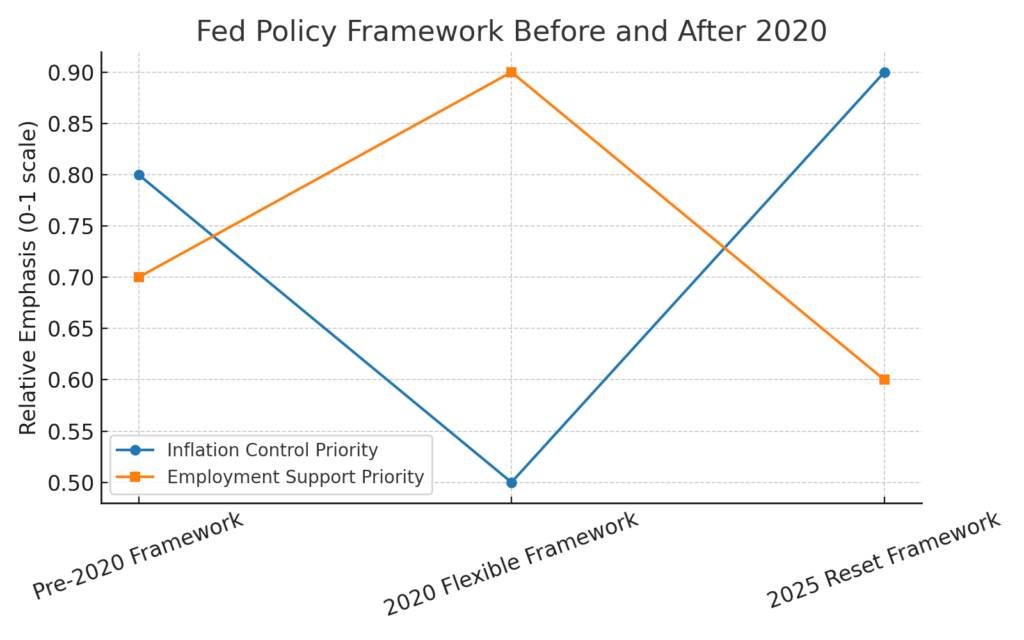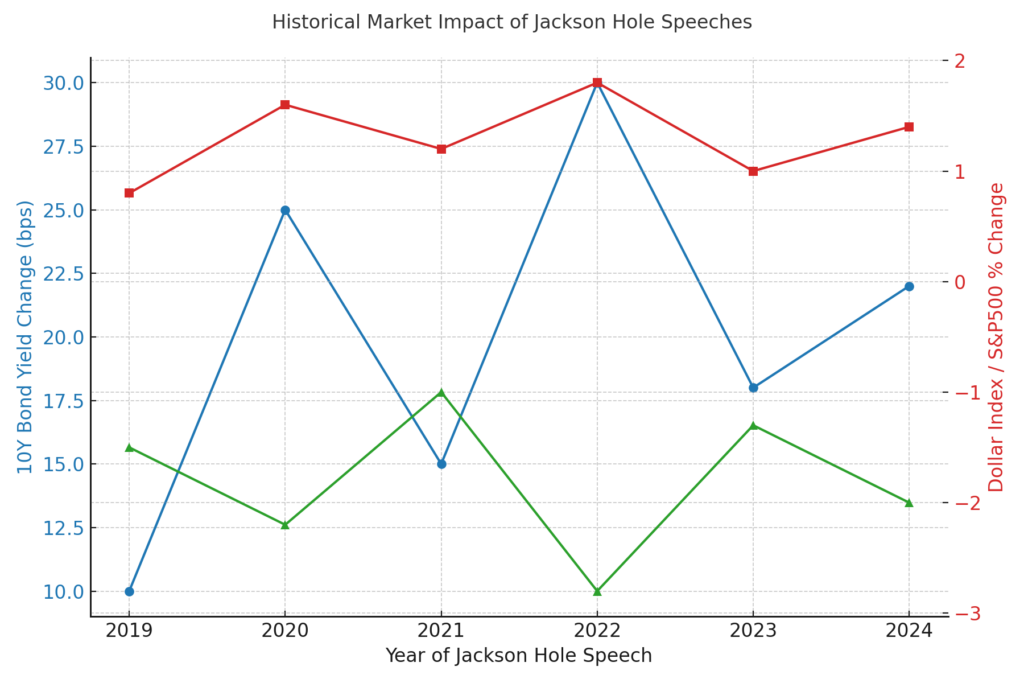
Main Points:
- Jerome Powell’s background, academic credentials, and FRB trajectory
- Key remarks and context from the 2025 Jackson Hole speech
- Recent monetary framework recalibration toward inflation focus
- Ongoing political pressures and impact on Fed independence
- Market expectations, risks, and strategic balancing for Q4 2025
I. Background and Career of Jerome Powell
Jerome Hayden “Jay” Powell, born February 4, 1953 in Washington, D.C., serves as the 16th Chair of the U.S. Federal Reserve. He holds a Bachelor’s in Politics from Princeton (1975) and a J.D. from Georgetown University (1979). Prior to public service, Powell worked as an investment banker at Dillon, Read & Co., served in the U.S. Treasury under President Bush Sr., and later became a partner at the Carlyle Group. Appointed to the FRB Board by Obama in 2012, he ascended to Chair in February 2018 under Trump, earning reappointment in 2022 by President Biden. His current term runs through 2026. He stands out as one of the few Fed chairs without a Ph.D. in economics.
II. Jackson Hole 2025: Speech and Strategic Shift

At the 2025 Jackson Hole Economic Symposium, held August 21–23, Powell delivered what may be his final speech as Fed Chair. Markets closely watched for direction on interest rate policy, amid a backdrop of mixed economic signals—sluggish job creation, resilient core inflation (up 3.1 % in July), and persistent tariff-driven pressures.
In the speech—titled “Economic Outlook and Framework Review”—Powell signaled a return to a more traditional inflation-focused framework. The Fed intends to rebalance its dual mandate, placing price stability as the foundation for sustainable employment gains, a recalibration from the pandemic-era approach that allowed inflation to temporarily exceed targets.
Analysts expect Powell to cautiously indicate that rate cuts could begin later in 2025, possibly September, although he likely avoided firm commitment. Markets had priced the probability of a rate cut at around 74–83 %, down from earlier highs.The speech’s tone suggested data-dependency, balancing inflation concerns and emerging signs of labor softness amid political pressure.
III. Monetary Policy Framework Reset
The speech formalized a strategic shift away from the inflation-tolerant framework adopted in 2020. In its place, the Fed is re-emphasizing inflation control while acknowledging that pandemic-era flexibility may still apply under extraordinary conditions like near-zero rates. This is effectively a U-turn to the pre-pandemic regime of prioritizing price stability as a basis for employment gains.
IV. Political Pressure and Fed Independence
Powell faces repeated public pressure from President Trump to cut rates, coupled with politically charged critiques—such as over Fed building renovation costs and attacks on individual governors. Trump even demanded resignation calls and has questioned Powell’s management. Yet Powell continues to emphasize the Fed’s statutory independence, asserting that he cannot be removed without “just cause.”
V. Market Reactions and Risks

Historically, Powell’s Jackson Hole speeches have led to bond yield surges (10‑year yields up ~21 basis points on average), dollar strength (gain ~1.4 %), and initial equity market declines, although the S&P 500 often recovers by year-end.
This year, markets braced for volatility. A dovish tilt would steepen the Treasury yield curve and weaken the dollar; a hawkish stance could reinforce growth concerns. With weak labor data, persistent inflation, and increased political friction, Powell’s speech was seen as a high-wire act.
Conclusion
Jerome Powell’s tenure as Fed Chair has encompassed turbulent economic cycles. As he delivered what may be his final Jackson Hole address, he steered the Federal Reserve back toward its traditional inflation-targeting roots, while maintaining independence amid political headwinds and economic ambiguity. The approach is cautious yet strategic—observing data, preparing markets for eventual easing, but ensuring credibility is preserved. His delicate balancing act reflects the reality of post-pandemic central banking in a politically charged environment.

